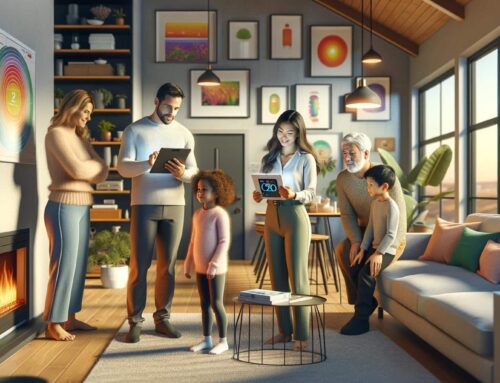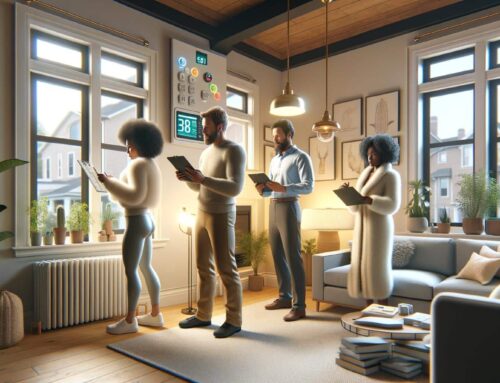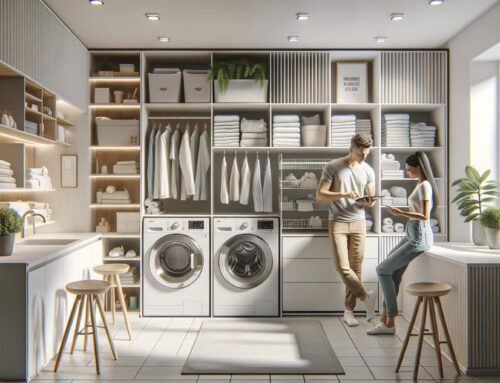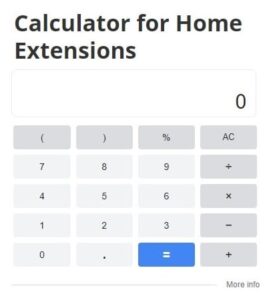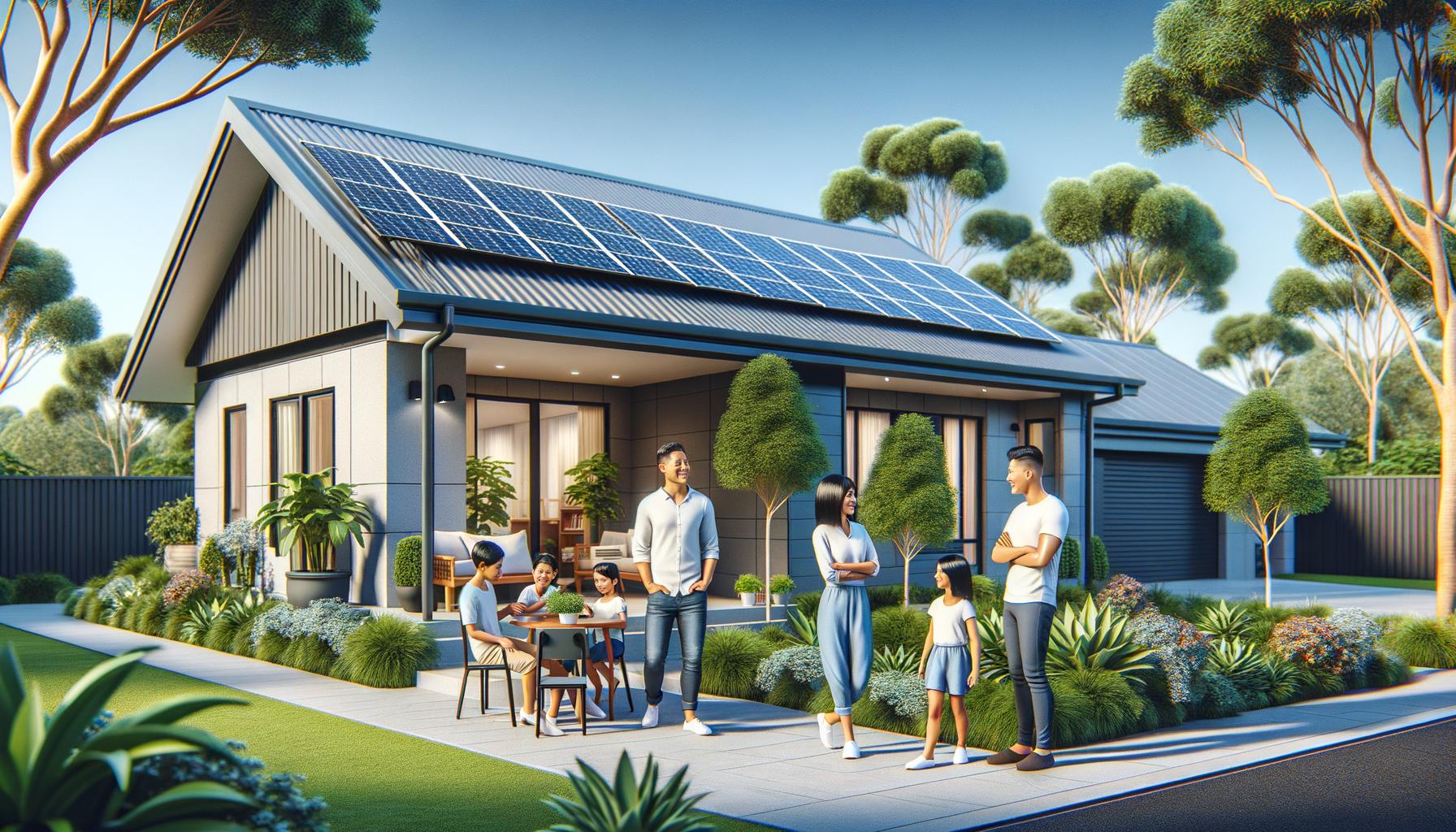
Australian households spend an average of $1,400 annually on electricity bills, with many homes wasting 30% of their energy through poor efficiency practices.
We at Home Owners Association know that learning how to make your home more energy efficient in Australia can cut these costs significantly. Simple upgrades and smart choices deliver immediate savings while boosting property values across all climate zones.
Understanding Australia’s Energy Efficiency Landscape
Current Energy Consumption Patterns in Australian Homes
Australian homes consume 10.5% of the nation’s total energy according to the Australian Energy Update 2020, yet most homeowners don’t understand how this impacts their monthly bills. Heating and cooling systems devour the largest portion of household energy, while appliances contribute approximately 30% of total usage. Standby power alone drains 3% of household energy and costs around $100 annually when devices stay plugged in unnecessarily.
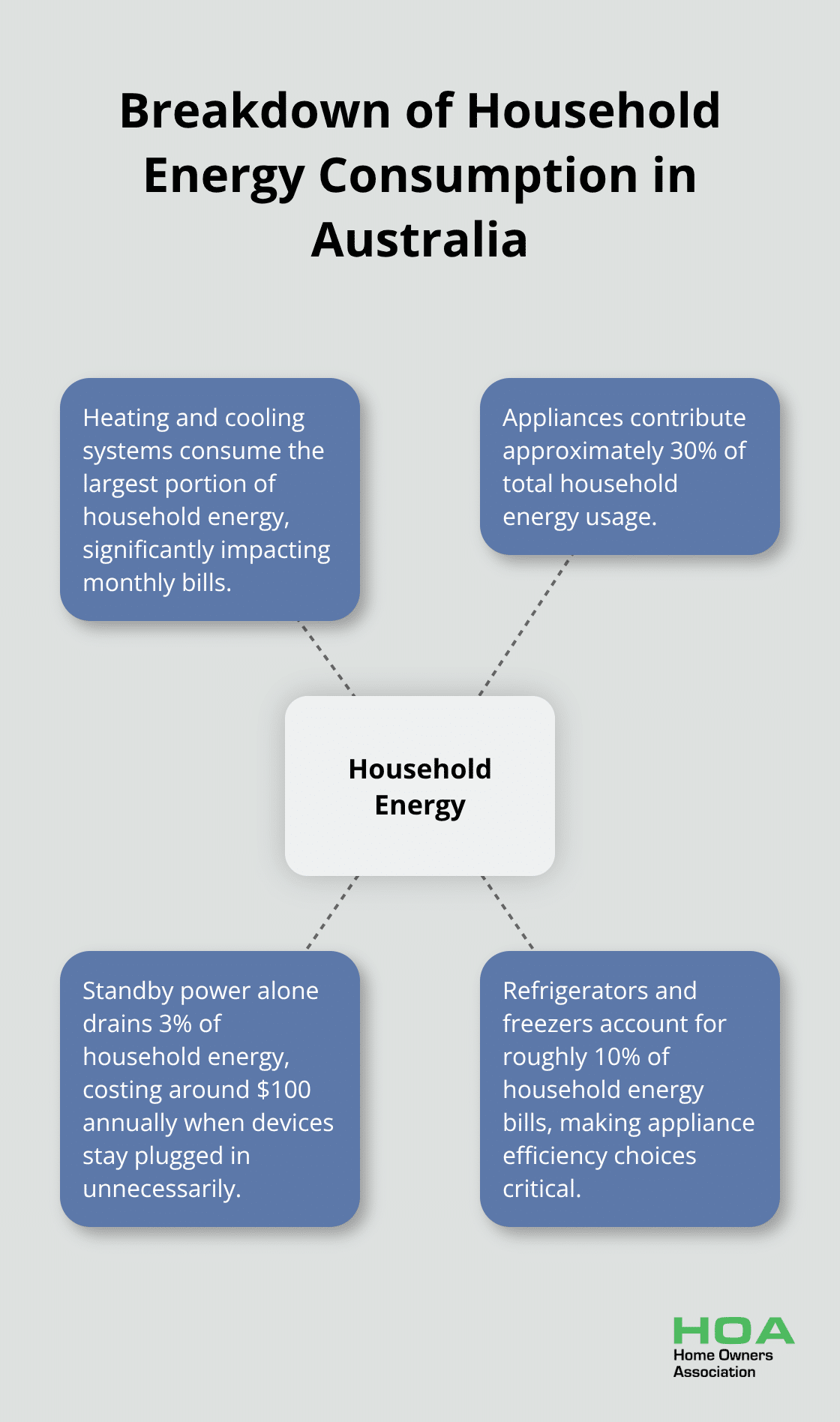
The average household size has more than doubled since the 1950s, which creates higher energy demands for temperature control. Refrigerators and freezers account for roughly 10% of household energy bills, making appliance efficiency choices critical for cost reduction.
Government Incentives and Rebate Programs Available
The Victorian Energy Upgrades program offers immediate rebates for energy-efficient appliances, while the Cheaper Home Batteries Program reduces battery installation costs across Australia. Western Australia provides the Air Conditioning Rebate for eligible customers in high heat areas, and the Energy Bill Relief Fund delivers electricity bill relief (starting July 2023). These programs can save thousands on major upgrades, but many expire quickly or have limited funds that disappear within months.
The Access to Electric Program funds electrification upgrades for households in financial hardship, while eligible concession card holders receive Account Establishment Fee Rebates in Western Australia. Victoria offers annual electricity concessions that provide daily discounts on domestic electricity for qualifying residents. The Australian government also offers tax credits to make eco-friendly home upgrades more affordable.
Climate Zone Considerations Across Different States
Australia’s eight climate zones require vastly different approaches to energy efficiency. Tropical zones prioritise cooling efficiency while temperate areas focus on heating solutions. Northern Queensland homes benefit most from external shading and high-performance insulation, while southern states like Victoria and Tasmania need reverse cycle air conditioners that save nearly $700 annually compared to traditional electric heaters.
Each degree above 20°C on thermostats increases heating costs by 10%, which makes zone-appropriate temperature management essential for meaningful savings. These regional differences directly influence which upgrades deliver the highest returns on investment.
Which Upgrades Deliver the Biggest Energy Savings
Insulation and Weatherproofing Solutions
Proper ceiling insulation cuts heating and cooling costs by up to 20% through effective thermal resistance. The R-value system measures this resistance, where higher ratings deliver superior performance across all Australian climate zones. Double-glazed windows provide exceptional thermal barriers and cost significantly less when builders install them during construction rather than retrofit projects.
Gap sealing around windows and doors prevents heat loss and represents one of the most cost-effective weatherproofing solutions available. These simple improvements create immediate comfort improvements while reducing monthly energy bills substantially.
Hot Water and Lighting Upgrades
Heat pump hot water systems use around 60 to 75% less electricity than conventional electric hot water systems. These systems work efficiently across most Australian climates and typically pay for themselves within four years through reduced electricity costs.
LED lighting saves up to 80% on lighting expenses while lasting substantially longer than conventional bulbs. The upfront investment recovers quickly through lower replacement costs and reduced electricity consumption (particularly beneficial for homes with extensive lighting needs).
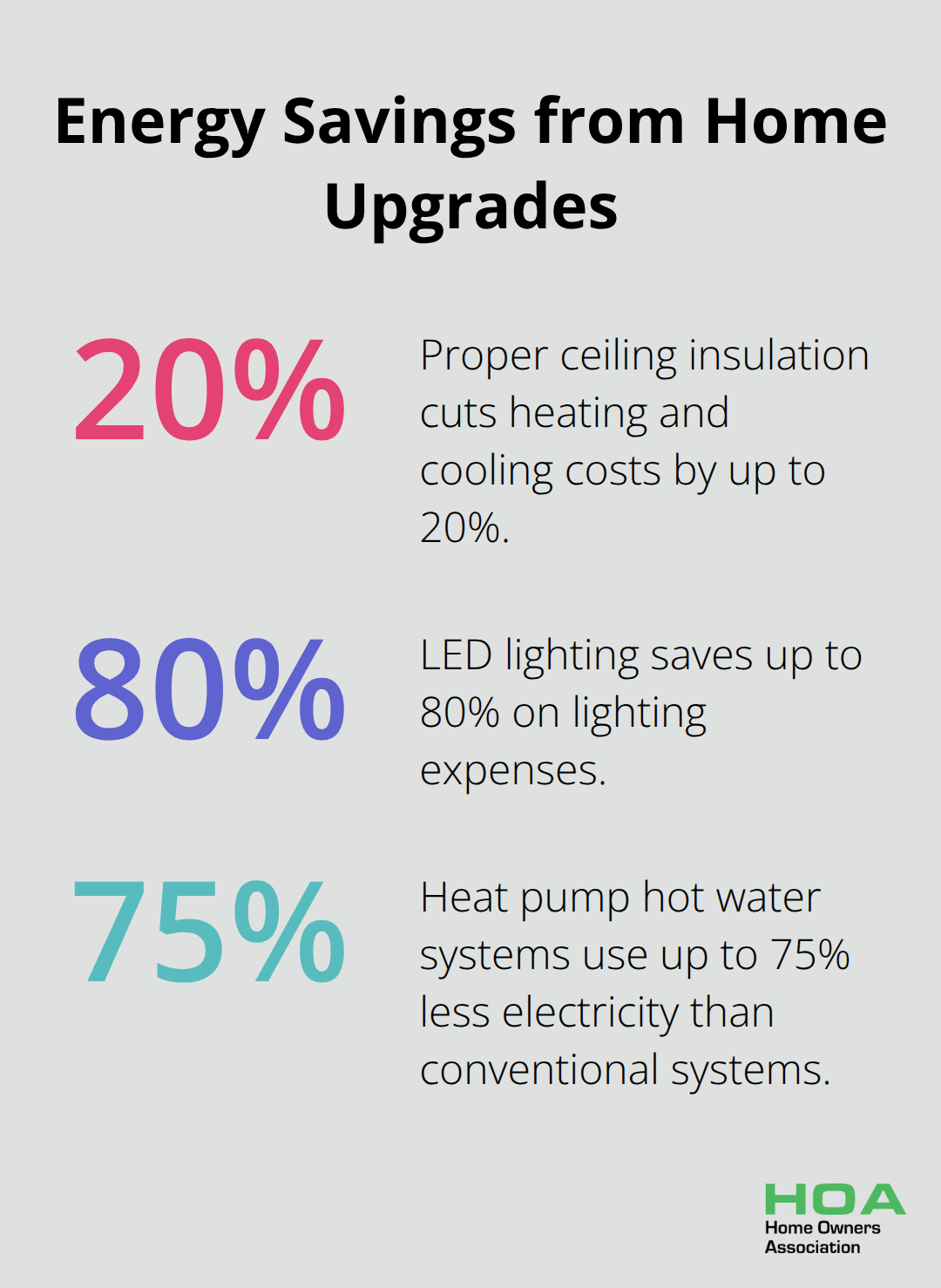
Kitchen and Cooking Efficiency
Induction cooktops outperform gas stoves for energy efficiency and improve indoor air quality simultaneously. Indoor air pollution from gas cooktops can reduce air quality in the home, making electric alternatives both healthier and more economical long-term investments.
These cooktops heat faster and waste less energy compared to traditional gas or electric alternatives, reducing cooking-related energy consumption significantly.
Solar and Smart Technology Solutions
Solar panels typically pay for themselves within three to six years through reduced electricity purchases. Battery storage systems allow households to maximise solar energy utilisation during peak rate periods when grid electricity costs most.
The Equipment Energy Efficiency E3 Program rates appliances to help consumers identify the most efficient options available. Smart thermostats automatically optimise heating and cooling based on actual usage patterns rather than preset schedules. These behavioural changes and smart upgrades work together to create substantial savings, but simple daily habits can deliver immediate results without any upfront investment.
Cost-Effective Energy Saving Strategies
Simple Behavioural Changes That Reduce Energy Bills
Wash clothes in cold water and save around $115 per year. Switch off lights and electrical appliances when not in use for immediate reductions on monthly bills. Set your fridge to the recommended 4-5°C for fresh food and -15 to -18°C for the freezer to optimise energy consumption without food safety risks.
Run dishwashers only with full loads and use economy cycles for substantial savings. Close doors to unused rooms and properly seal windows to minimise heat loss that wastes energy daily. These behavioural adjustments cost nothing but deliver measurable results within the first bill cycle.
Quick DIY Fixes That Cut Energy Waste
Install external blinds and awnings to keep homes cooler during summer months (one of the most effective DIY cooling solutions available). Clean refrigerator coils regularly to enhance energy efficiency and extend appliance lifespan. Use fans for indoor clothes drying instead of electric dryers to conserve significant energy.
Seal gaps around windows and doors to prevent heat loss through cost-effective weatherproofing projects homeowners can complete themselves. Cook with oven lids to shorten cook times and reduce energy consumption. Cook in bulk and store leftovers to decrease power usage and meal preparation time.
Professional Services Worth the Investment
Upgrade to reverse cycle air conditioners and save nearly $700 annually compared to traditional electric heaters. Professional installation proves worthwhile for long-term savings. Install heat pump hot water systems to use 60-75% less electricity than conventional electric hot water systems (these typically pay for themselves within four years).
Professional ceiling insulation installation cuts heat and cooling costs by up to 20%. Solar panel systems installed by certified technicians pay for themselves within three to six years through reduced electricity purchases. Victorian Energy Compare helps identify better energy offers that save an average of $330 per year, proving that professional energy audits and plan switches deliver substantial benefits.
Final Thoughts
Australian homeowners who implement comprehensive energy efficiency upgrades typically save $500 to $1,200 annually on electricity bills. Heat pump hot water systems alone deliver $400 yearly savings, while proper insulation reduces costs by 20%. Solar panel installations pay for themselves within three to six years and continue to generate savings for decades.
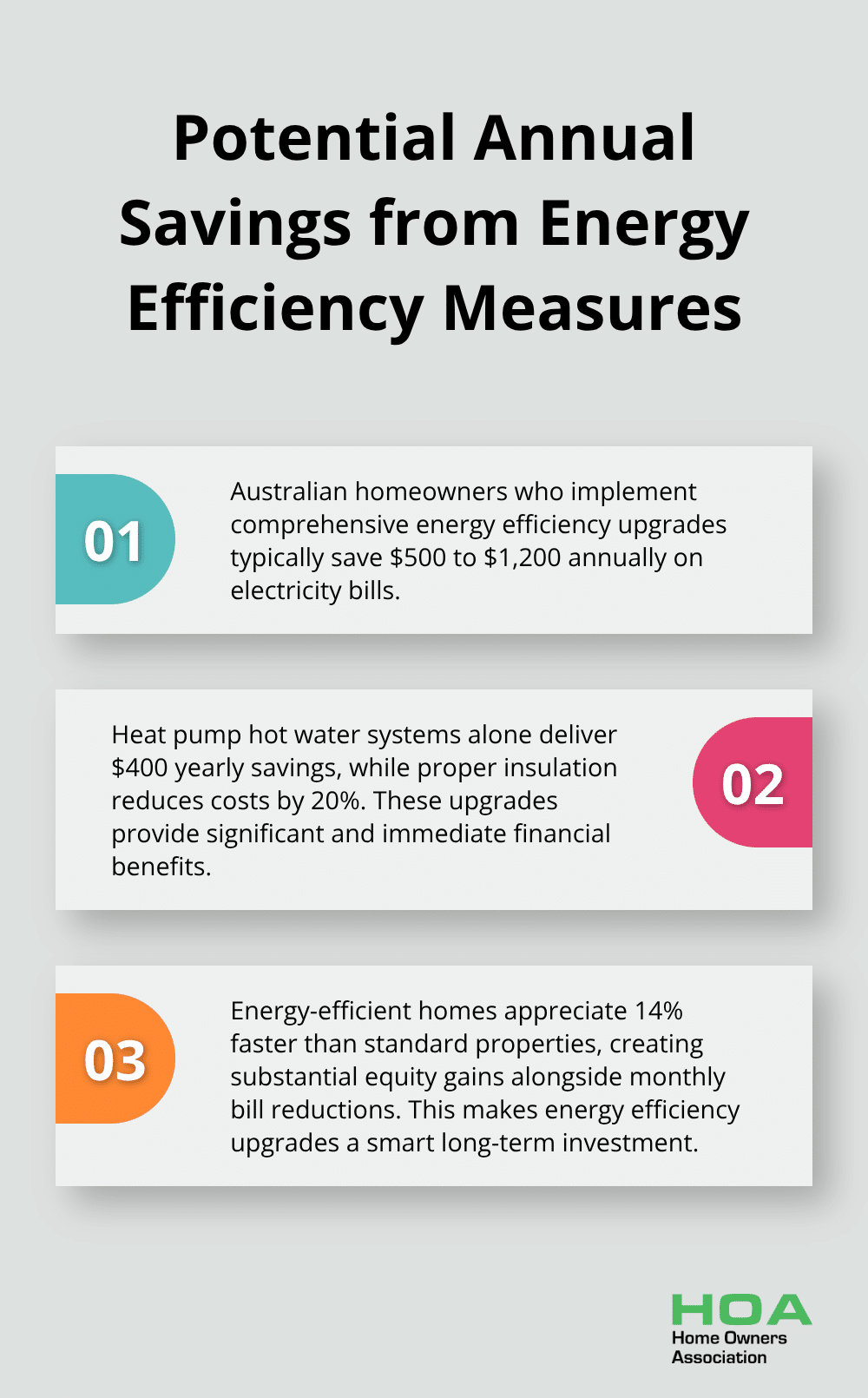
Energy-efficient homes appreciate 14% faster than standard properties, which creates substantial equity gains alongside monthly bill reductions. The National Construction Code now requires 7-star NatHERS ratings for new homes (making efficiency upgrades essential for competitive property values). Green home loans offer 2-3% lower mortgage rates for qualifying properties.
Start your energy efficiency journey with high-impact upgrades first. Begin with behavioural changes that cost nothing, then tackle insulation and weatherproofing projects. We at Home Owners Association help Melbourne homeowners access expert guidance for successful upgrades that transform how to make your home more energy efficient in Australia.

